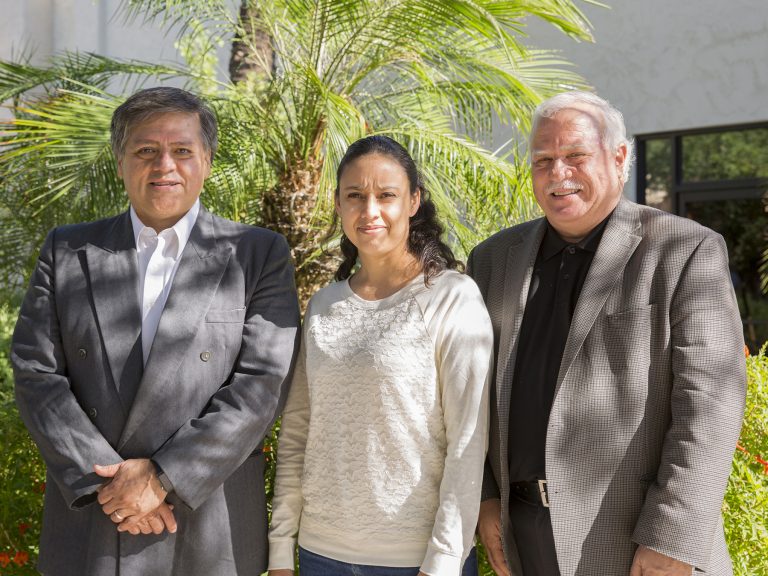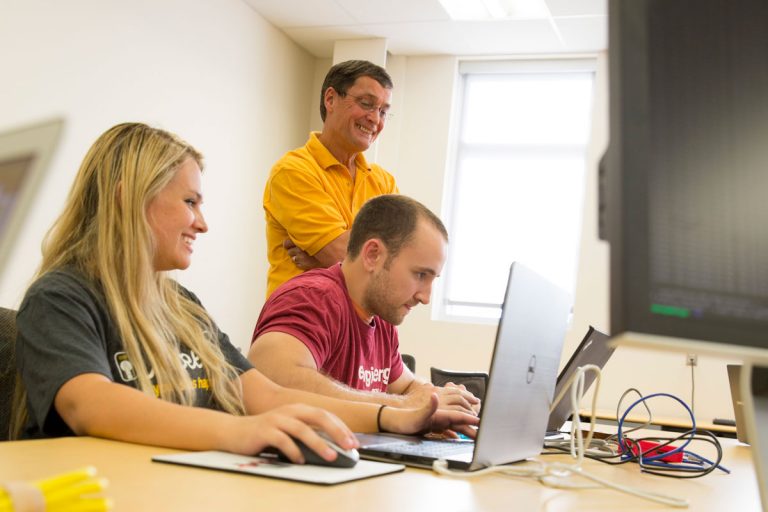News

Human brain inspires self-learning microchip
Neuroscience, microelectronics and computing — seemingly varied disciplines — have found a common intersection in the form of neuro-inspired computing. This evolving field in computer engineering aims to emulate the human brain’s abilities for perception, action and cognition in our computer systems. Neural systems provided inspiration for some of the earliest computing systems, but as…

Looking for bigger roles in game-changing leaps in tech capabilities
DARPA is a beacon for engineers and scientists yearning to take a bit of a walk on the wild side in their research pursuits. The Defense Advanced Research Projects Agency “is known for being willing to fund some of the most intriguing ‘out-there’ kind of stuff,” says Jamie Winterton. “They like going after the big-picture,…

SENS MACH ‘16 previews next decade of ubiquitous sensing networks
As the Internet of Things becomes the Internet of Everything and IoTivity bridges the chasm between smart phones, smart homes and smart cities into cloud, crowd and shroud computing, the minds behind the tech ponder where all the interconnections will lead.

Engineering Management and Software Engineering degree programs accredited by ABET
Two programs offered by Arizona State University’s Ira A. Fulton Schools of Engineering in both full immersion on-campus and digital immersion online formats recently earned approval for accreditation by the Accreditation Board for Engineering and Technology: Engineering Management (BSE) and Software Engineering (BS). To be considered by ABET, an accredited degree program must demonstrate that…

Breaking barriers to diversity in computer science
Lisa Baer had little hesitation making the decision in her freshman year to major in computer science. Now, looking forward to graduating from Arizona State University in the spring, Baer says she has never second-guessed her choice. In fact, she is “more passionate than ever” in pursuit of a career as a computer scientist. But…

A slam dunk for machine learning
It picks up the ball, carefully lines up its shot and in one fluid movement, releases its projectile. The robot’s arms remain in the air expectantly as the ball bounces off the rim and drops out of sight. You can almost sense the robot’s dejection as its lifeless, Kinect-powered eyes stare blankly at its missed…

Visual tech visionaries honored with innovation awards
Humans have been fascinated with light and optics since prehistoric times, when the first camera obscura effects — likely a pinhole in an animal hide — was used to project upside down images onto cave walls. Today, visual technologies connect us in most facets of everyday life, in our homes, our places of work and…

Researcher to entrepreneur: Professor launches virtual lab platform for computing research and education
What started as a way for an Arizona State University professor to help enhance lab access to his students has launched into an entrepreneurial venture to improve hands-on computer science education and research capabilities worldwide. When Associate Professor Dijiang Huang first joined the Ira A. Fulton Schools of Engineering in 2005, a physical laboratory with…

Researcher to entrepreneur: Professor launches virtual lab platform for computing research and education
What started as a way for an Arizona State University professor to help enhance lab access to his students has launched into an entrepreneurial venture to improve hands-on computer science education and research capabilities worldwide. When Associate Professor Dijiang Huang first joined the Ira A. Fulton Schools of Engineering in 2005, a physical laboratory with…